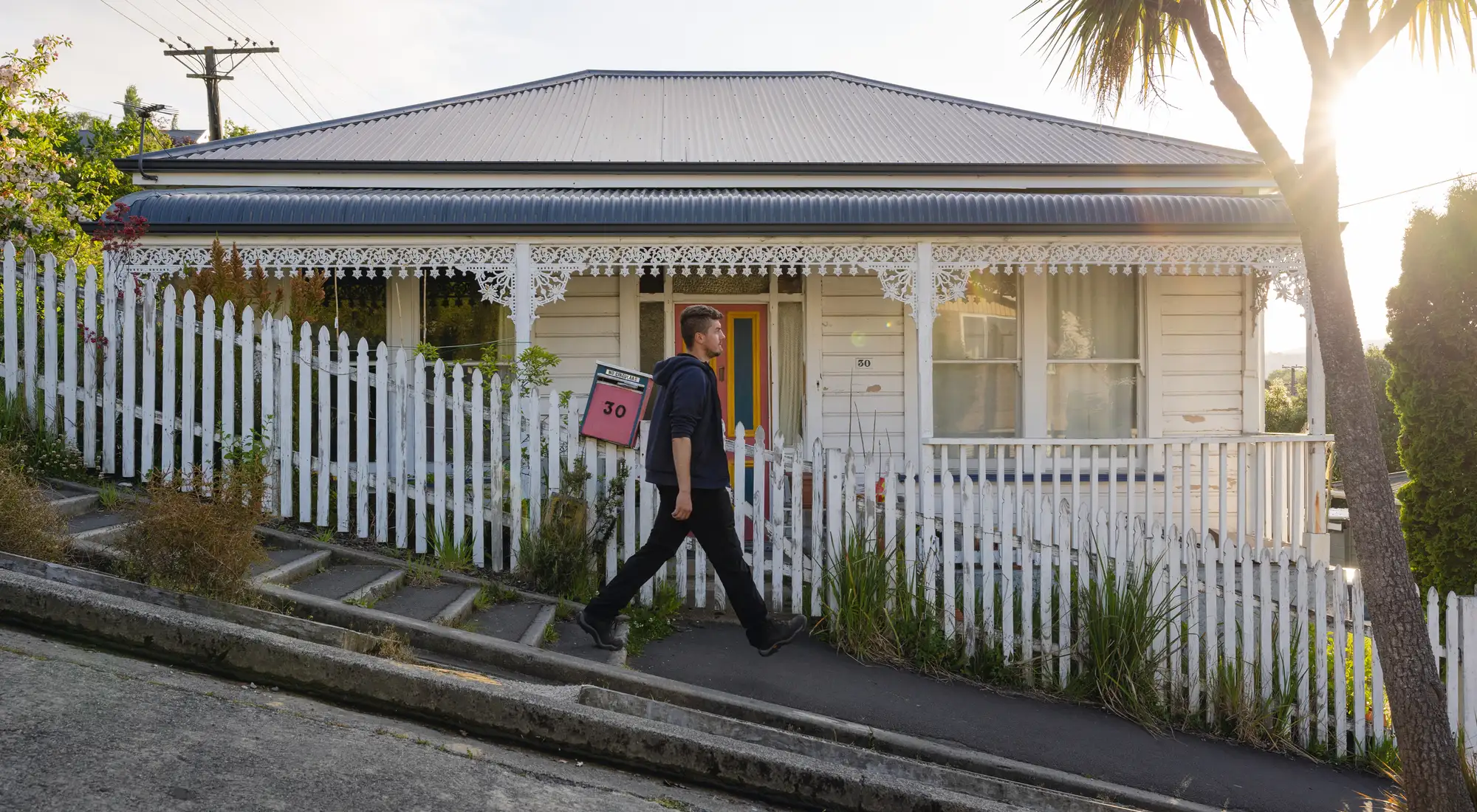Rates capping may not be the answer



21 November 2024
LGNZ is exploring alternatives to rates capping as a way of managing rates bills across the country.
This comes after the Government recently indicated it would explore rates capping as an option, to balance the long-term interests of ratepayers with the financial sustainability of councils.
At LGNZ’s All of Government meeting today with the title of ‘Efficiency, Performance and Rates Capping’, councils heard from two Australian states – New South Wales (NSW) and Victoria - who had previously introduced rates capping.
LGNZ President Sam Broughton says representatives from the two states were invited because it was known that Government is particularly interested in their experiences.
“We all want ratepayers to feel like they’re getting value for money and councils need to find ways to achieve that. A rates cap would ultimately limit council investment.
“Both NSW and Victoria have been honest about the immense challenges that came with rates capping, so there’s a lot we can learn from them and their experiences.”
Cr Darriea Turley, President of Local Government NSW has urged caution around moves to introduce rate capping – or rate ‘pegging’ as it’s also known – in New Zealand.
"If introduced in New Zealand, a rate cap has great potential to have seriously adverse impacts on the long-term financial sustainability of local government, and to undermine the principle of local government democracy and autonomy.
“That should also be of concern to the New Zealand Government because in the simplest terms: if councils fail, communities will not get the services and infrastructure they need and expect.
“Local government’s capacity to fund existing levels of services and infrastructure is under increasing stress and there is a wealth of evidence that NSW councils and their communities have been damaged by rate pegging. In NSW it has severely hampered councils’ ability to fund current, let alone future, levels of service.
“Some of the documented impacts of the rate peg to ratepayers include adverse impacts to services, delays to infrastructure delivery and deferred maintenance, a compounding backlog of asset renewal and a lower level of community protections from natural disaster.”
Sam Broughton wants the Government to keep an open mind about rates capping, and to explore other alternatives that could achieve the same result.
“The Government has indicated to us that councils need to be efficient and accountable in how their money is being used and what it delivers. We’ve picked up that challenge and we’re also keen to achieve the same outcomes.
“Ratepayers need to have confidence in council decisions and to trust that we’re focussing on delivering the infrastructure and services that communities expect. That’s why we are also looking into the approach taken by South Australia, who elected to improve their rates transparency instead of rates capping.
“South Australia showed that enhanced transparency for residents can better balance the long-term interests of ratepayers with the financial sustainability of councils. For example, providing ratepayers with easier to digest data on how their rates are spent, and the risks to councils’ long-term sustainability.
“There’s a real opportunity to make our system better and that’s exciting – so we look forward to collaborating with the Government on this,” says Sam Broughton.